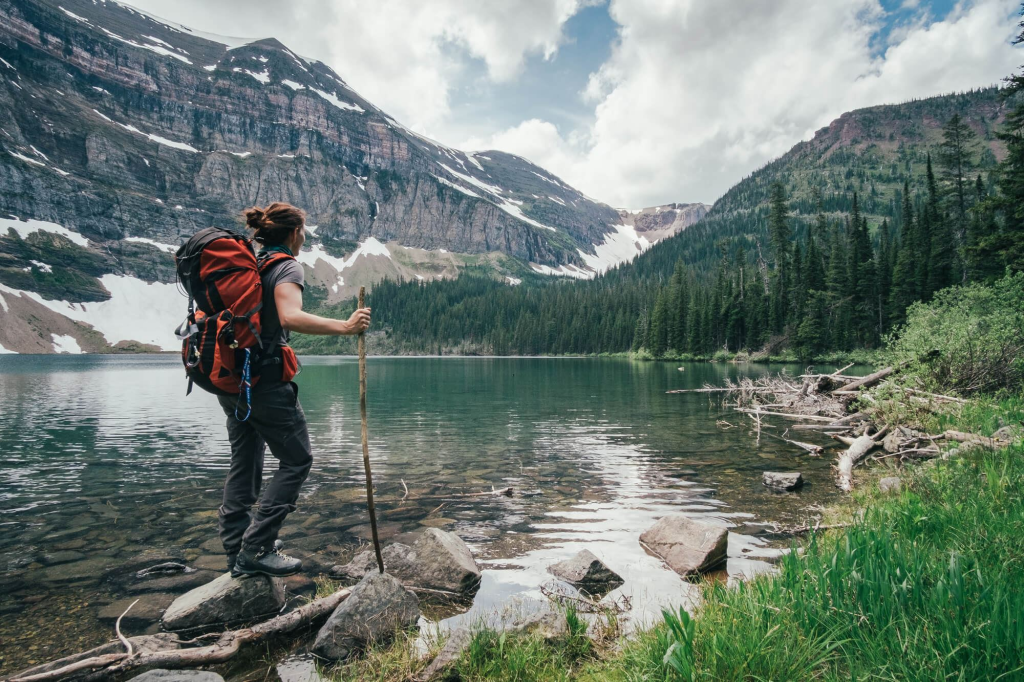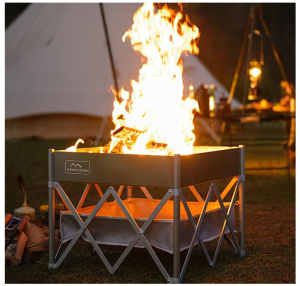
How to Stay Safe on a Wildlife Tour?

Embarking on a wildlife adventure is like no other, offering the opportunity to witness incredible creatures in their natural habitat. While the experience is inspiring, it’s important to prioritize safety, as these excursions often take you into remote and unpredictable environments. This guide will delve into the vital aspects of staying safe on a wildlife tour with Top Gull. From meticulous pre-planning and choosing tour operators to understanding animal behavior, having responsible wildlife viewing, and equipping yourself with safety important, we will ensure you’re ready for your adventure.
Research Your Destination
Before getting into the wild, research on your chosen destination is the foundational step to safety. It’s not just about knowing the beautiful wildlife you’re about to explore; it’s also about understanding the climate, terrain, and potential hazards. The more you know about the environment, the better you can prepare for the journey. Familiarizing yourself with the local flora and fauna is essential, as it helps you avoid dangerous encounters and appreciate the unique ecosystems you’ll explore.
Choose a Reputable Tour Operator
Selecting a tour operator like Top Gull is crucial. Moreover, it is important to choose a better operator known for their experience, ethical wildlife viewing practices, and unwavering commitment to safety. Reading reviews and asking for recommendations from fellow travelers can provide valuable insights into the reliability of tour operators. Always opt for operators with well-trained guides with vast knowledge of the wildlife, terrain, and safety rules.
Safety Gear and Clothing
Equipping yourself with the right gear and clothing is paramount to ensure your safety and comfort during a wildlife tour. Depending on the location and time of year, this may include sturdy and comfortable footwear to handle rugged terrain, high-quality insect repellent to ward off unwanted pests, sun protection to shield against harsh UV rays, and weather-resistant clothing to adapt to changing conditions. Ensuring you have the appropriate gear is an investment in your safety and overall experience.
Understand Animal Behavior
To coexist safely with wildlife in their natural habitats, it’s important to understand animal behavior. The species you encounter may have distinct habits, territorial behaviors, and potential threats you should know. In-depth research on the animals’ behavior will help you maintain a safe distance, avoid risky situations, and maximize your wildlife viewing opportunities without disturbing or endangering the creatures.
Respect Wildlife Viewing Guidelines
Responsible wildlife viewing is a fundamental part of ensuring your safety and the well-being of the animals. Different destinations have specific guidelines for wildlife viewing. It’s your responsibility to adhere to these guidelines rigorously. Hence, this includes maintaining a safe and respectful distance from animals, never feeding them (as it can disrupt their natural diets and behavior), minimizing your impact on their environment (e.g., ignoring loud noises or sudden movements), and refraining from any actions that could stress or harm them.
Stay in Groups
When going into wildlife-rich areas, it’s safer to stay in groups. Animals are generally less likely to approach a group of people, reducing the risk of close encounters that could lead to dangerous situations. Additionally, being with an expert guide and fellow travelers enhances your overall safety by giving extra eyes and ears to spot this life and assist in case of emergencies.
Carry Safety Essentials
Venturing into remote areas may lead to situations where self-reliance becomes important. Packing a well-equipped first-aid kit and emergency communication devices like satellite phones or personal locator beacons is prudent. Medications, insect repellents, and a sturdy multi-tool can be invaluable in unforeseen circumstances. Preparing for various scenarios enhances your confidence and peace of mind during your nature adventure.
Responsible Wildlife Photography
For many nature lovers, taking pictures is a crucial aspect of the experience. If you intend to capture the amazing moments of your Eco-Adventure, practicing ethical wildlife photography is important. Using extended lenses enables you to stay a safe distance from the animals, ensuring your safety and ease. Refrain from using a flash, as it can alarm animals and disturb their natural behavior. Always put goodness of the creatures you photograph first, striving for shots while respecting their surroundings and welfare.
Conclusion
Your tour promises unforgettable moments, but checking your safety throughout the journey is paramount. By researching on your destination. Choosing a tour operator, understanding animal behavior, following responsible wildlife viewing practices, staying in groups, carrying safety important, and practicing responsible wildlife photography, you can maximize your adventure while prioritizing safety. Remember, nature should be observed and appreciated from a distance, ensuring your safety and the well-being of these magnificent creatures. At last, responsible and safe natures adventures ultimately allow for a richer and more better connection with the natural world.
Recent Posts




Heat up your outdoor gatherings with our wood burning fire pit with heat shield


How to Stay Safe on a Wildlife Tour?
Recent Posts




Heat up your outdoor gatherings with our wood burning fire pit with heat shield






Heat up your outdoor gatherings with our wood burning fire pit with heat shield



